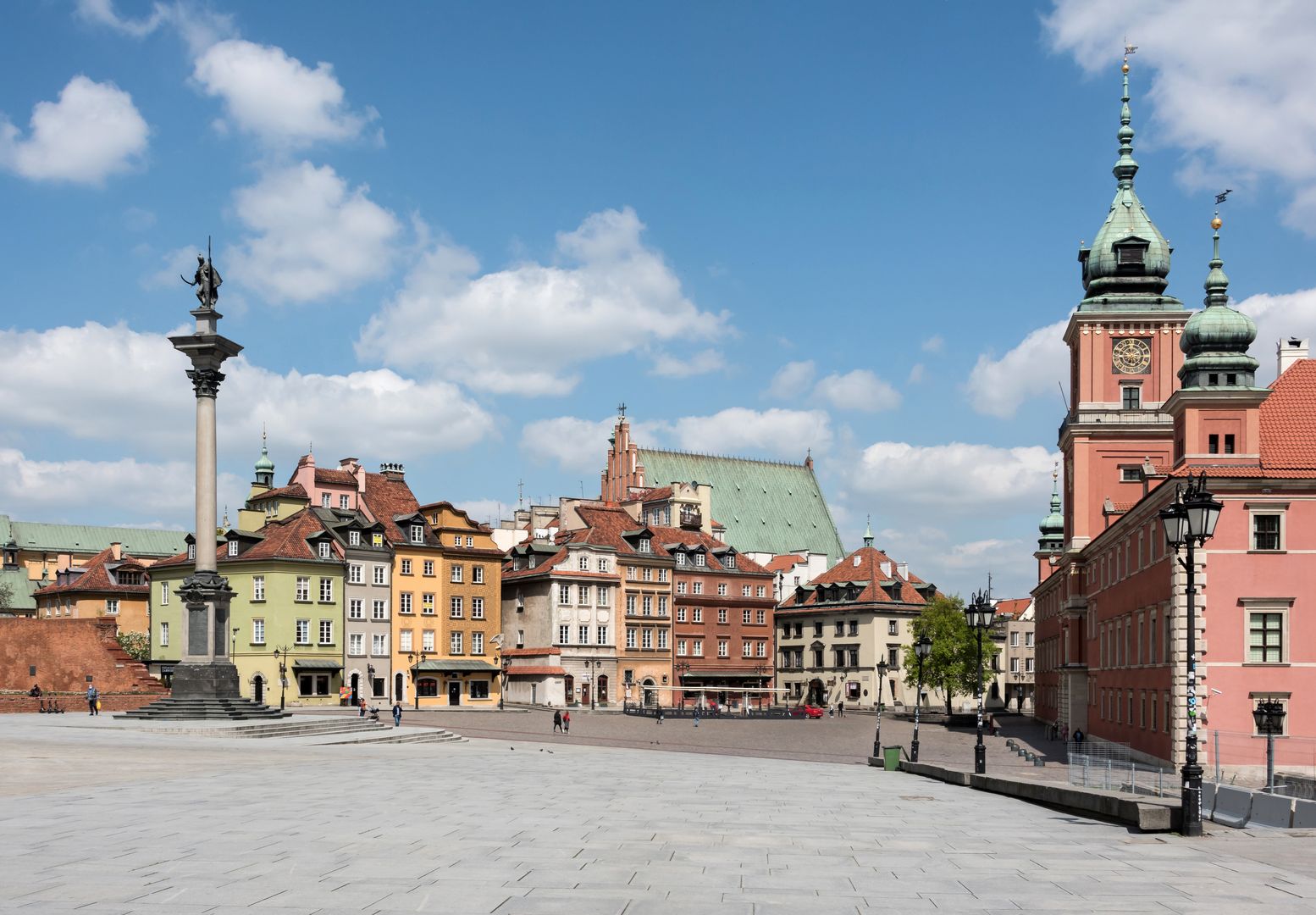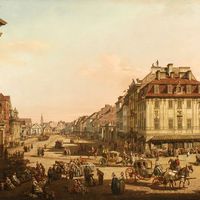Warsaw Castle Square
7.33

Overview
Castle Square in Warsaw, designed by Jakub Kubicki between 1818 and 1821, is an important site both architecturally and historically. Located in the central part of the city, between Krakowskie Przedmieście, Senatorska, Podwale, and Świętojańska streets, its eastern frontage is formed by the façade of the Royal Castle. In the past, the square was created by demolishing buildings near the Kraków Gate and other tenements to establish a public space. The history of the square is rich and filled with dramatic events—from the hanging of Bishop Kossakowski in 1794, through bloody clashes during the partitions of Poland, to mass executions in 1861 and 1926. During World War II, the square suffered significant damage, which necessitated reconstruction between 1949 and 1958. In the 1960s and 1970s, the square underwent further changes, including the construction of the modern Kościelski Tenement. During archaeological work carried out as part of the reconstruction, remains of ancient defensive walls and a Gothic bridge were discovered, which are still visible today. It is also worth noting that Castle Square has been the site of numerous cultural events, such as Bill Clinton's speech in 1997 and protests during martial law in Poland in 1982. Today, the square remains a gathering place and a venue for public events, with its historical significance and architectural beauty attracting both tourists and residents of Warsaw. Among the notable structures on the square are the Column of Sigismund III Vasa, the Royal Castle, defensive walls, and tenements, while the no-longer-existing landmarks include the Kraków Gate and the Bernardine Church. An interesting fact is that the view of the square was featured on a Polish Post stamp, underscoring its importance in national culture.
Location
Tickets
Powered by GetYourGuide
You can also find here:
2025 Wizytor | All Rights Reserved
